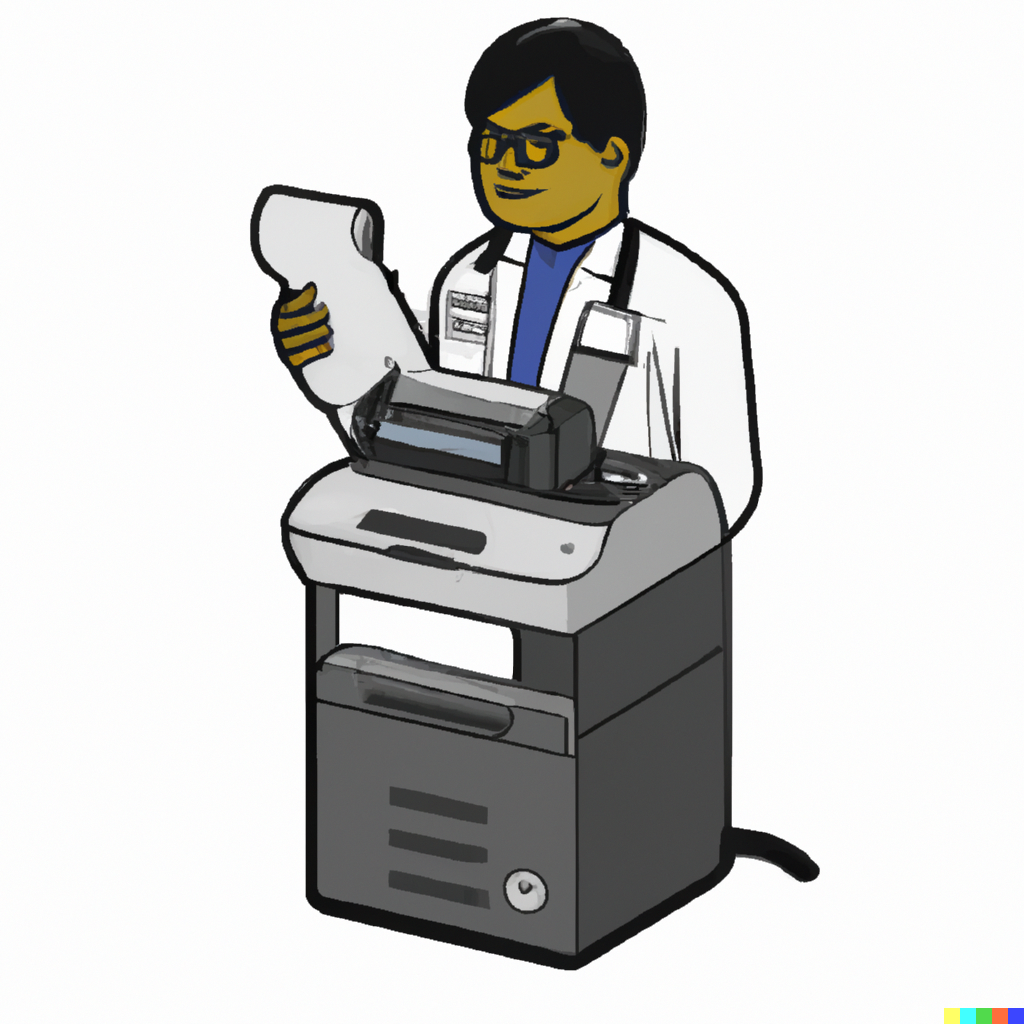This is the second post on this theme, the previous post can be found here. In this post I’ll unpack what can be thought of as legacy tech. The first post described legacy tech as “technology that has aged out of useful function”. Not wanting to overcomplicate what should be a simple thing but there are some nuances to thinking about legacy technology.
Why? Because it has implications for how the NHS continues to update technology and decommission old technology all which is essential to be able to use the most modern effective tech. So what can we mean when we talk about legacy tech.
Unsupported technology
Older technology is often no longer supported or sold by the supplier. For example it could be old versions of software like Windows operating system or old hardware such as disk drives. These technologies can be a cyber security risk, are generally slower and hold back more advanced software functions that can be in modern software. Tackling this type of legacy tech should be the easiest of them all, mostly requiring an upgrade to a modern equivalent. But it also needs some staff engagement, their familiar tools are likely to look different with different functions.
A key question is how are out of support technologies identified and considered as part of digital strategies and budgets?
Devices missing essential everyday capabilities
Laptops without webcams may have been acceptable in 2020 but today they are not suitable for video meetings or consultations - unless they are upgraded with an external camera. Similarly MRI scanners without high speed internet connectivity might have been acceptable a few years ago. But they don’t enable image sharing and remote access so are not good enough for modern health system needs (e.g. imaging networks and flexible workforce). Again tackling this legacy issue is likely to be through upgrades.
The key question again is how are out of support technologies identified and considered as part of digital strategies and budgets? But here the costs could be significantly higher if entire scanners need replacing if they are not modular.
Strategically decommissioned technologies
This is technology that still works but often for justifiable reasons it is no longer seen as good enough. Technology may no longer be considered modern, it might not be cost effective or could have been disrupted by alternatives. For example faxes and beepers could still have a place in health care but they are no longer part of the technology strategy of the NHS. We’ve seen it is possible to mostly strategically decommission technologies but it’s not as simple as upgrading technology and it has taken longer than expected. Faxes were banned in 2018, but in 2022 it’s reported that a small number (at least 800) are still in use in the NHS.
Key unanswered questions are: what has worked well, why is the tech still in use and what can be learnt to make it a better process for the future?
Devices with insufficient capabilities
These are devices that are slow or crash, they are unable to meet the demands of running the software needed. This might simply be because the device is old and so is not powerful enough. Alternatively the software or number of software applications could be putting a high workload on the devices. If software is inefficient or needs more power than the last version or an alterative it means the devices slow down which means clinicians get frustrated with slow devices and software. Organisations developing a strategy and budget may find that they don’t know what software is used and how powerful the device needs to be in future.
How do you cost for software updates that prematurely slow devices forcing upgrades? Another question to consider is – how to incentivise suppliers to produce the most efficient software possible.
Legacy foundations affect modern technical capabilities, can you help and share your experience?
Updated technology is important to have modern functionality and secure technologies, but also efficient and responsive tools. If the software demands increasing but unknown power from hardware it can make devices change from good enough to frustratingly slow. This has knock on implications for service efficiency and cost implications for upgrading legacy technologies.
If you’d like to help inform this thinking you can send me a voice message on whatsapp (+44 7732 190 482) answering:
- Does the NHS stuggle with legacy technologies?
- What is the impact on staff and patients?
- Is this an under appreciated problem for the NHS?
OR:
You can comment and vote on other peoples comments here:

